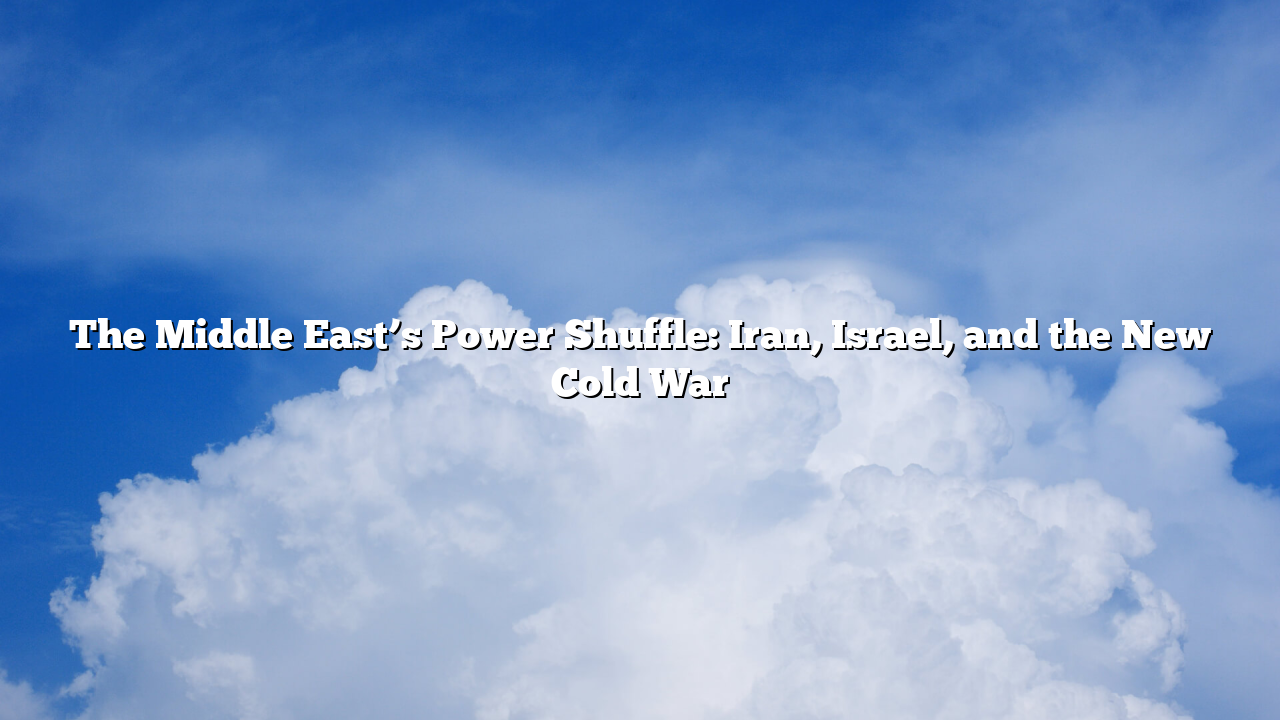The Middle East enters 2025 at a critical juncture, as Iran and Israel’s shadow conflict expands into a regional Cold War. Covert operations, cyberattacks, and proxy confrontations have intensified, drawing in global powers and reshaping Download APK alliances across the region.
In April, Israel confirmed responsibility for a series of cyberstrikes on Iranian nuclear facilities, while Tehran retaliated with drone attacks targeting Israeli-linked assets in the Gulf. The escalation underscores a shift from conventional warfare to asymmetric conflict.
At the same time, Saudi Arabia and Iran’s fragile diplomatic thaw—brokered by China in 2023—appears to be unraveling. Mutual accusations of espionage and interference in Lebanon and Syria have reignited tensions. The U.S., preoccupied with Europe and Asia, has adopted a more limited regional role, allowing China and Russia to expand influence through arms deals and energy partnerships.
The conflict’s ripple effects are visible across the region. Lebanon’s political paralysis deepens, Yemen’s peace remains tenuous, and Iraq struggles to balance relations with both Tehran and Washington. Meanwhile, Turkey is positioning itself as a mediator, leveraging its NATO membership and ties with Russia to maintain strategic flexibility.
Energy markets remain volatile as shipping routes through the Strait of Hormuz face intermittent disruptions. Global oil prices have surged above $100 per barrel, reigniting inflationary fears worldwide.
Experts warn that the Middle East’s security landscape is entering a dangerous new era. “We’re witnessing the return of great power politics to the region,” said Middle East analyst Dr. Layla Haddad. “The balance of deterrence is eroding, and miscalculation could lead to open conflict.”
For now, regional diplomacy struggles to keep pace with the speed of escalation—leaving the world watching nervously as old rivalries take on new, more perilous forms.
